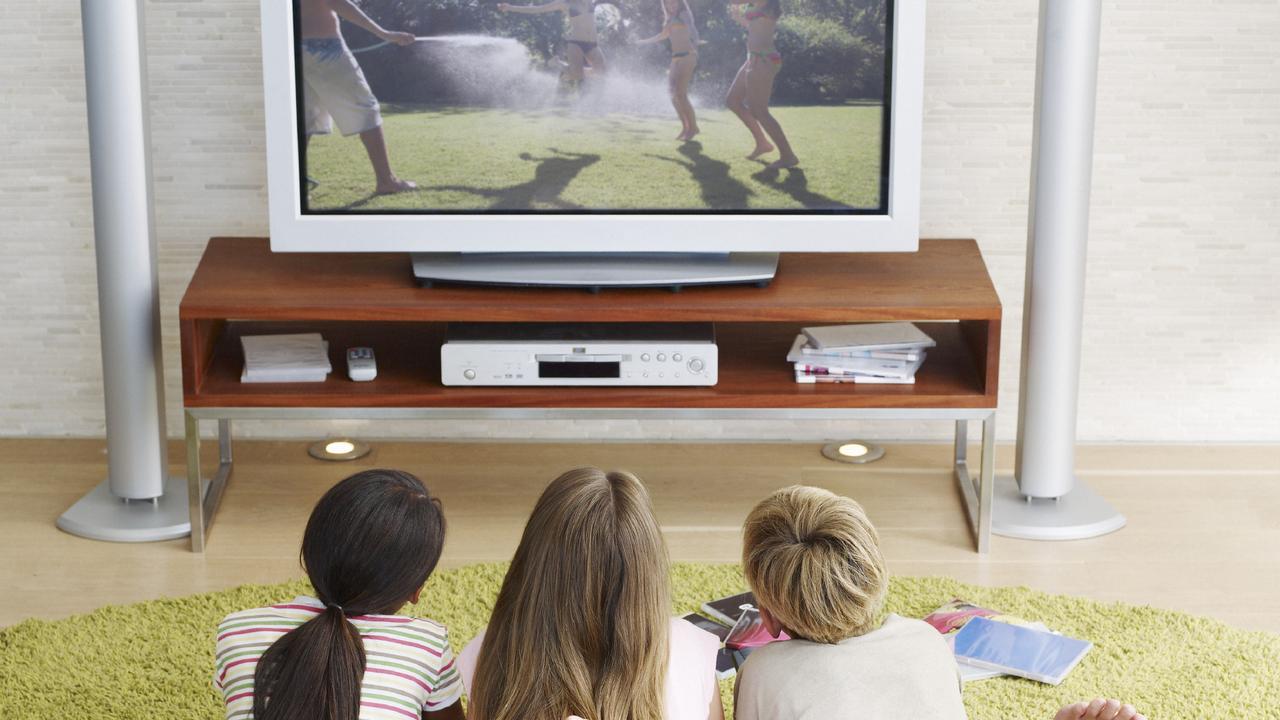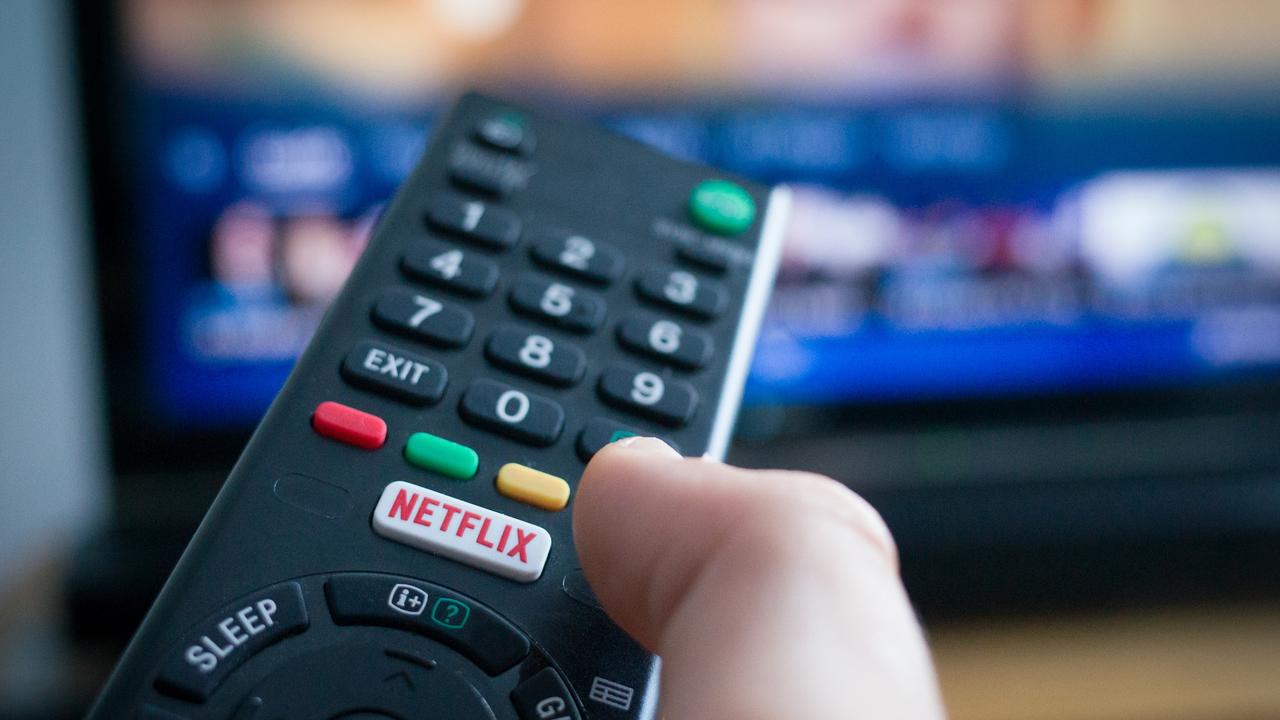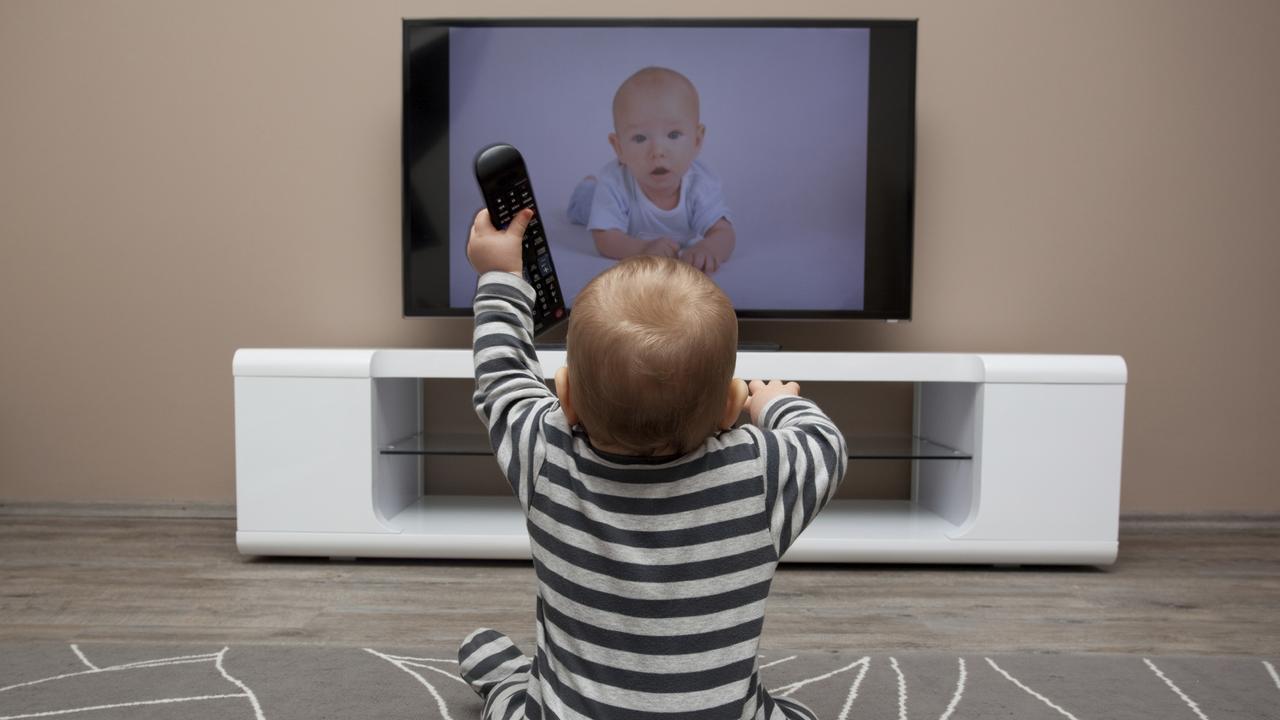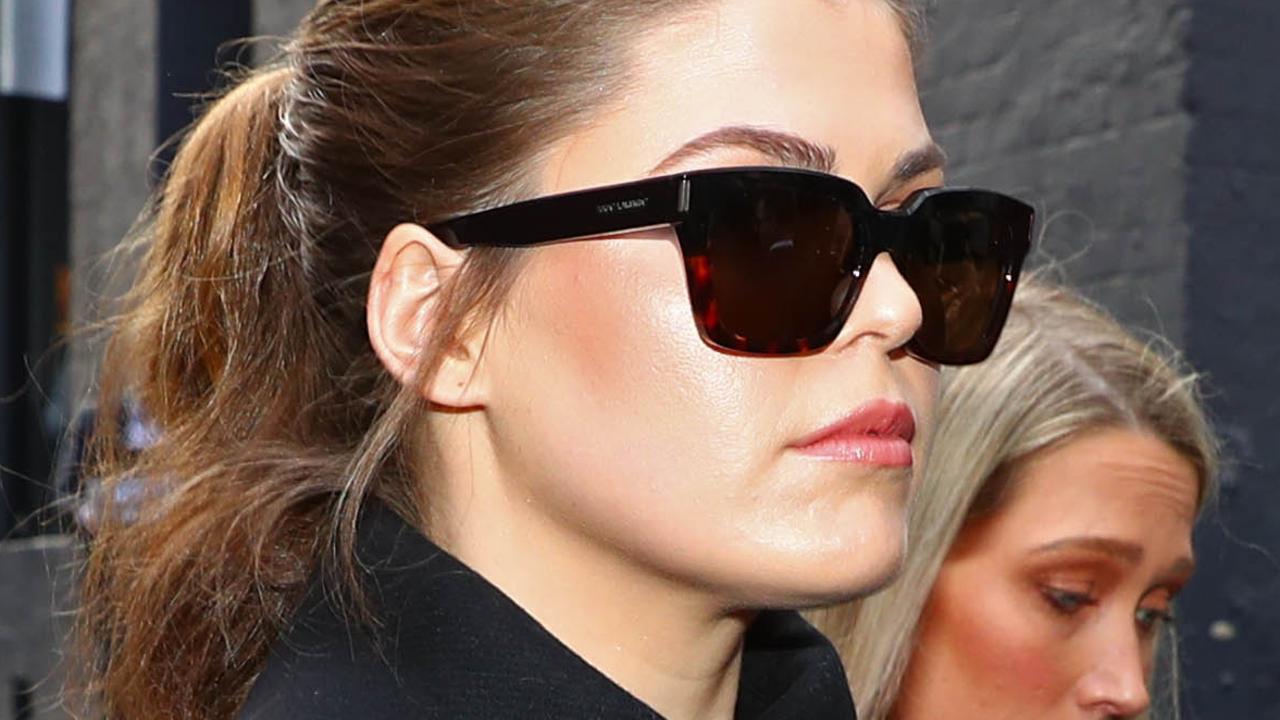Prime time threatened amid rise of streaming services
A long held tradition is under threat after a new report revealed Aussies have changed the way they want to be entertained.

The long held tradition of ‘prime time’ risks becoming a relic of the past due to the changing desires of media consumers, a new report has revealed.
Deloitte’s annual Media and Entertainment Consumer Insights report has found Australians now spend as much time watching streaming services as they do viewing free to air television.
The report, released on Monday, established that the average Australian spends eight hours and 20 minutes a week watching both entertainment sources.
Instead of media consumption peaking during a single period, traditionally known as ‘prime time’, the analysis reveals there are now several spikes in viewership throughout the day.

Deloitte Lead Partner for Entertainment, Peter Corbett, said the report exposed the changing landscape of media consumption in Australia.
“Prime time means something different to everyone in 2024,” he said.
“Streaming services are on the precipice of eclipsing traditional free to air television in popularity, while different formats are winning the battle for our attention at various times of the day.”
The report analysed the media habits of 2000 Australians and found that 74 per cent of respondents consume content as soon as they wake up, reinforcing the idea that ‘prime time’ has become ‘prime times’.
Despite growing cost of living pressures and increasing cost of subscriptions, Deloitte revealed that the average household held more than three digital entertainment subscriptions over the last year.
The report revealed the average amount of money spent on entertainment subscriptions grew 10 per cent over the past year, up from $57 to $63.
Younger Aussies were likely to spend more than their older counterparts, with Gen Z households spending $88 a month on subscriptions – nearly double the amount paid by baby boomers.

More than a third of consumers said they were exceeding their monthly entertainment budget and three quarters reported being concerned about the cost of subscriptions.
However, the majority of Aussies said they didn’t intend to change their habits.
“It is no secret that Australians are tightening their belts at the moment, but most are avoiding taking the razor to their subscriptions, preferring to save money by switching between services to take advantage of promotions or substituting a night out for a night in,” Mr Corbett said.
“Despite price increases, subscription services still offer a relatively low-cost form of entertainment, which helps explain why young people, who often have tighter budgets, spend more on subscriptions than older people.”
Despite the spike in streaming viewership, Australians of all ages reported consuming 10 per cent less entertainment this year than in the previous year.
Gen Z led the charge with a 25 per cent reduction in screen time, which Deloitte suggests may indicate Australia has reached the peak of media consumption.
The trend was also evident in the declining use of social media, with Gen Z users reporting a 20 per cent decrease in the time spent scrolling.

Nearly half of the 2000 people surveyed said they spent more time on social media than they intended, and a third said their habits worried them.
Much of the concern manifested around the impact of social media on young people, with nine in 10 respondents supporting restrictions for children under 16 years old.
“The proposal for an outright ban for people under 16 accessing social media is less popular, but still found favour among 56% of respondents and, surprisingly, among around one-third of Gen Zs, who are more likely to be familiar with the adverse effects social media can have on wellbeing,” Mr Corbett said.
The findings come as the federal government mulls the age limit for a national ban on social media, which is set to be imposed before next year’s federal election.




